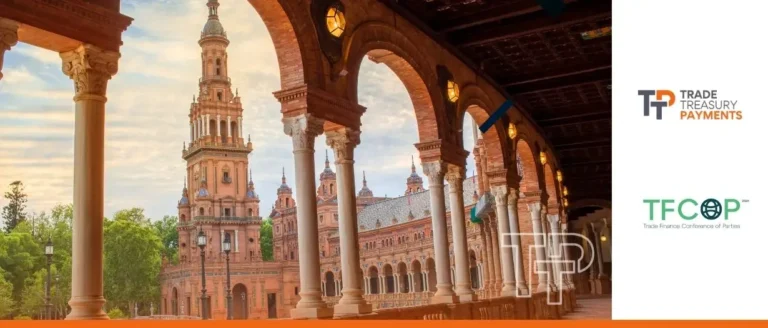Washington’s sweeping tariff offensive threatens to decimate the world’s most fragile economies. A report from the United Nations Conference on Trade and Development (UNCTAD) exposes how America’s new tariff regime hammers least developed countries with rates as high as 50% while offering them virtually no exemptions.
These vulnerable nations, contributing less than half a percent to the US trade deficit, now face a potential economic catastrophe as their exports to American markets become collateral damage in escalating trade tensions.
The UNCTAD report titled “Sparing the vulnerable: The cost of new tariff burdens” showcases the stark inequity of how vulnerable states sending a quarter of their exports to US shores now face barriers four times higher than what American products encounter in their markets, and the overall impact.
David vs. Goliath: The trade imbalance
The UNCTAD report stresses how, even after years, the global trading system has failed the world’s most vulnerable nations. Despite decades of promises, these economies remain trapped on the margins of international commerce.
The data exposes the stark reality that as of 2023, the vulnerable economies hosted nearly 17% of humanity, yet commanded a mere 2.7% of global exports. Least developed countries housed 14.4% of the world’s population but captured just 1.3% of export value.

This also goes for small island developing states, which had a 0.3:0.8 ratio of global export vs share in population.

The report adds that nearly three decades of stagnation mock the international community’s development goals.
Exports for these nations have flatlined since 1995, making a mockery of Sustainable Development Goal 17.11, which promised to double the least developed countries’ export shares by 2020.
To add to this, the Trump tariff has acted as salt to the wounds of these economies.
Reciprocal tariff or political wording to hide the true nature of an unfair tariff regime?
When the POTUS announced tariffs, the motive was to “Make America Great Again” by hook or crook, meaning “Made in America” or “Pay more for America”. To push this, reciprocal tariffs were imposed to discourage cheap imports from other countries.
However, the vulnerable economies suffered the most in this battle. While for Washington, vulnerable nations barely register in trade calculations, for vulnerable economies, access to American markets means survival.
For instance, small island nations send over 25% of their exports to American shores, yet constitute less than 1% of US imports. Least developed countries direct nearly 9% of their exports to the US, representing a microscopic 0.2% of America’s purchases.

Despite this, they face massive trade tariffs. The tariff charged by vulnerable and least developed economies on US exports is almost negligible.

Least developed countries face a punishing 43.9% tariff wall on their US exports, while charging just 7.3% on American goods entering their markets. Vulnerable economies collectively bear nearly 30% tariffs on their exports to the US, while imposing only 5.1% on incoming American products.
Additionally, these nations contribute just 0.3% to America’s trade deficit. In fact, least developed countries deliver the US a trade surplus, shown by their negative (-1.2%) impact on the deficit.

The numbers shatter any pretence of reciprocity, which the US disguises as its motive for increasing tariff rates.
Vulnerable economies bearing the highest brunt
January through May 2025 saw America construct a complex, punishing tariff regime that falls hardest on those least able to bear it.
The report notes the base rates of 10% for most nations, spiking to 50% for selected countries, with temporary holds offering little comfort. China faces the harshest immediate hit at 145% before settling to 10% after the first month.
However, Lesotho, among the world’s poorest nations, faces a crushing 50% tariff. Cambodia, Laos, and Madagascar, all struggling with extreme poverty, also contend with rates near or above 45%. These tariffs don’t punish economic rivals; they pummel the destitute.

The report also states that in 2023, from the $923 billion exemption package, wealthy economies benefited more than the vulnerable ones. Developed economies claimed 48% of exemptions, other developing nations grabbed 51%, while vulnerable economies received crumbs at just 1.1% of exempted imports.
Additionally, the least developed countries suffered the most brutal exclusion, with a staggering 93% of their exports facing tariffs, with a mere 7% receiving exemptions.
Hit where it hurts the most
The tariff systematically targets sectors where the vulnerable economies have managed to climb value chains over the years, such as textiles, machinery, foodstuffs, and more.

This results in dozens of vulnerable economies facing deteriorating competitiveness across their critical export sectors. These aren’t just statistics, as they represent millions of jobs, fragile economic progress, and development pathways now blocked by arbitrary trade barriers.
Most of these sectors, which are linked to necessities, enjoy no tariff exceptions.

Textiles, a critical $14.1 billion export sector for vulnerable economies, receive virtually no exemptions. The same pattern repeats across food ($2.8 billion), machinery ($4.3 billion), metals ($2.2 billion), and more, as shown in the above graph.
The message is clear: stay in your lane, producing raw materials rather than value-added goods.
Are we walking a broken rope?
The UNCTAD findings indicate a trade policy that imposes its heaviest burdens on those least able to bear them. These tariffs won’t meaningfully address America’s trade imbalances, as vulnerable economies contribute less to the overall economy. Instead, they threaten to unravel decades of painstaking development progress.
For millions living in the world’s most precarious economies, the plea of “Spare the vulnerable. Protect development” is too late or irreversible? Maritime will say.
Read the full report here.



